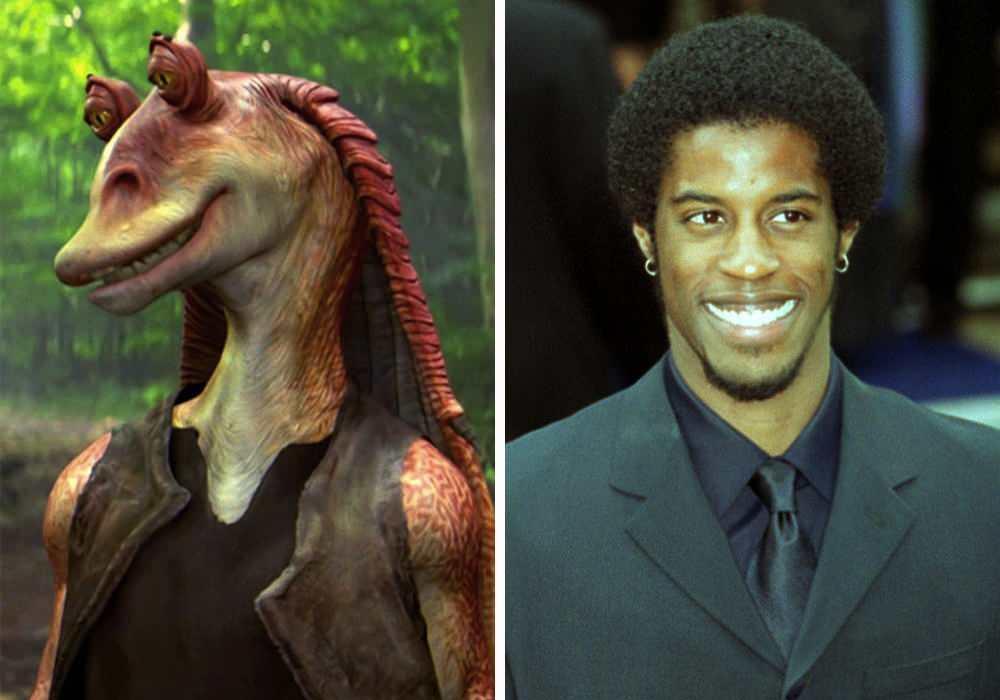

Whichever mindfulness activities you choose to introduce your child, just remember these tips: Then spend one minute together quietly listening to the sounds around you. This could include the feeling of the ground beneath them, to the wind/breeze, the warmth of the sun or even the way their body feel while in motion. Take a mindful walk together – Walk through your neighbourhood and have your child pay attention to the sensations.This is a great tool we use for our students who have anxiety before a test or presentation! It’s also great for younger children as a time-out tool. The glitter and his/her mind will both settle. Shake it up and have your child sit and breathe and watch the glitter madness in silence. Make a Mind Jar – Fill a jar (secured with a lid) with water and glitter.Many of our teachers use this strategy to start and end their sessions. I suggest making the sound for about 1 minute. Tell him/her that you’re going to make a sound and you want him/her to focus on the sound until they can’t hear it anymore. Have your child sit/lay down and close their eyes. Focus on the sound – Use a bell, a rain stick or even a phone app with playable sounds on it.

They focus on the stuffed animal rising and falling as they breathe in and out and count to 3. Each student uses a stuffed animal, lies down then rests the buddy on their chest. This video explains a breathing activity a teacher uses called ‘Breathing Buddies’ to get her second grade students to understand.
#MINDUP MINDFULNESS JAR HOW TO#
“Breathing Buddies” – It may be challenging for your young child to understand how to be mindful of their breath.Here are a few mindfulness activities, some that we use with our students, that you can use at home to introduce mindfulness to your child: With my own students, I’ve found that by allowing my students some time to get themselves into a positive and calm headspace ready to learn, they’re more engaged and happier. Since then, the school’s truancy and suspension rates have decreased by more than half while the state of California’s rates have continued to climb. Visitacion Valley Middle School implemented meditation in 2007, with twelve minute ‘quiet times’ to start and end each day. The MindUp program now partners with schools in Abbotsford, Coquitlam, Vancouver, West Vancouver and York using 15 lessons to help teach students how to be mindfully engaged.Īnother mindfulness project at a school in San Francisco has seen some exceptional changes in their students. The children exhibited less stress, more optimism and even showed improvements in their math abilities. Known as MindUp, the students were taught social, emotional and mindfulness skills with activities that included mindful tasting, listening to music and “brain breaks.” The results from the study were also extremely positive. In January 2015, a mindfulness program co-developed by actress Goldie Hawn was tested as a control study with 99 Grade 4 and 5 students in Coquitlam, BC. The project’s organizers received a TDSB Award of Excellence 2014 and the workshop has since been extended to all Grade 9s in the school district. The students’ response to the program at Bethune was extremely positive. The students at Bethune practiced breathing, body scans and other strategies to assist them cope with daily pressures. Known as The Mindfulness Project, this workshop was led by classroom teachers and carried out in six workshops over two months. In 2013, the Toronto District School Board (TDSB) introduced meditation lessons to Grade 9 students at Dr Norman Bethune CI. One school in Vancouver even offers tai chi to elementary students! In a nutshell, mindfulness is essentially giving students and teachers the opportunity to take a break and have some quiet time to reflect.

Mindfulness activities range from breathing exercises to listening to music. Mindfulness is the practice of paying attention and being present in the moment. With the concerning number of students reporting stress, anxiety or other mental wellness issues, some school boards are taking action through the implementation of mindfulness programs.

Mental health and wellness have become crucial components of many yearly action plans in schools across Canada. We don’t know everything going in our students’ lives, but these events directly contribute to their (lack of) performance inside the classroom. As a teacher I can confirm that we do have ‘eyes on the back of our heads’ (we see everything our students are up to!) but unfortunately, we haven’t quite learned the talent of mind-reading.


 0 kommentar(er)
0 kommentar(er)
